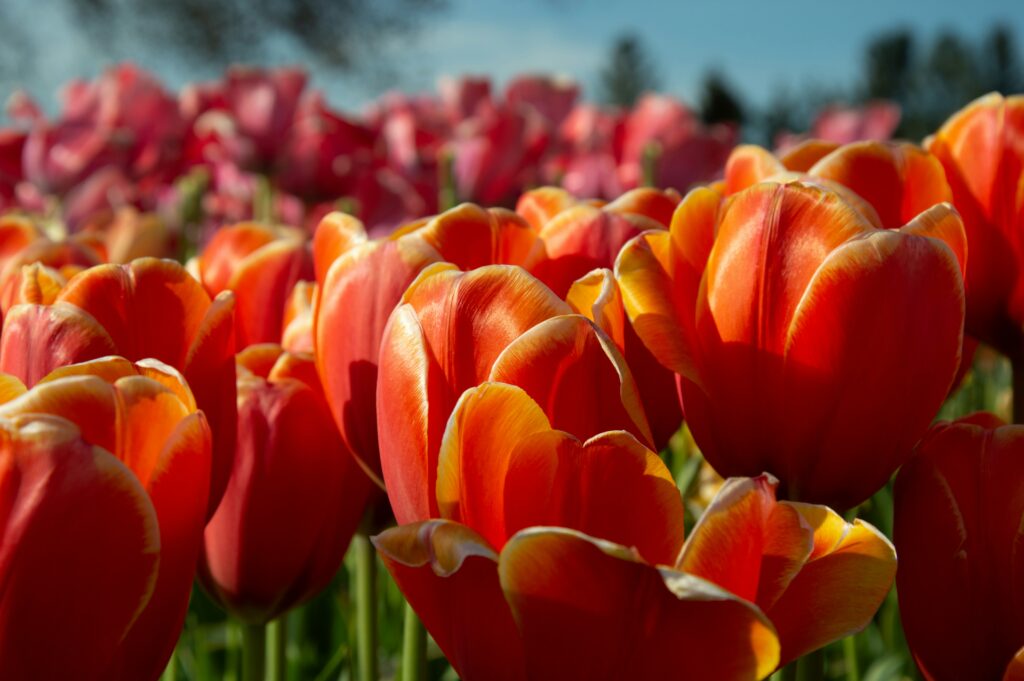With a projected audience of an astonishing 2 billion, equivalent to nearly a quarter of the world’s population, the Women’s World Cup 2023 is a testament to the tremendous growth of women’s soccer. From significant attendance records to groundbreaking transfers, the women’s game has risen to new heights, capturing the attention and hearts of fans worldwide.
The sport’s journey, from modest beginnings to these monumental milestones has been paved through transformative moments and despite overwhelming obstacles. As this year’s competition kicks off, we’ll delve into the key milestones that have led to the meteoric rise of women’s soccer, and shine a spotlight on some key players and countries to watch during this historic event.
THE ROAD TO GLORY

The growth of the sport has been exponentially driven by dominant teams like the USA, whose top players grace the world stage and show undeniable talent, attracting massive interest from fans across continents. The 2019 edition of the Women’s World Cup held in France witnessed an unprecedented surge in viewership, with over 1.12 billion people tuning in to watch the competition, a considerable 30% increase on the viewership of 2015’s competition held in Canada.
This is exemplified in the Fifa’s report of the turnout for the thrilling final between USA and Netherlands:
‘The final between USA and the Netherlands was the most watched FIFA Women’s World Cup match ever, with an average live audience of 82.18 million (up by 56 per cent on the 2015 final audience: 52.56 million)’
You may also like: Iceland: one of the safest countries in the world for female travelers
THE BREAKTHROUGH OF WOMEN’S EURO 2022

The momentum continued to surge with the Women’s Euro 2022, which garnered even more attention and set new records. Across various platforms, including TV, out-of-home viewing, and streaming, the 16-team tournament accumulated a staggering global live viewership of 365 million, doubling the Euro 2017 viewership and increasing 214% from the 2013 tournament. The event witnessed an average attendance of 18,544 fans, with a record aggregate attendance of 574,875 fans. Not only that, but the final at Wembley saw a massive turnout of 87,192, making it the highest attended European final in history – for both men and women’s football.
ROADBLOCKS AND RESILIENCE

However, the road to the record breaking Women’s World Cup 2023 hasn’t come without its potholes.
As men’s soccer clubs popped up around Britain throughout the 1800s, women also started playing the beautiful game, though unofficially. Toward the end of the century women’s soccer started to become more official, and was met with derision from the public and media. Women were meant to be dainty and feminine, in the house, not ‘trying to be men’ by competing in this rough sport.
These attitudes are best illustrated with a look at the 1869 watercolor painting titled “Girls of The Period – Playing Ball”, featured in Harper’s Bazaar. In the painting, elegant women in long dresses whimsically jostle about around a ball in heeled boots, a far cry from the tough, competitive nature that surrounded the men’s game at the time.
Over the years, more women’s teams popped up here and there, but nothing made traction until WWI – a time where Britain’s women had to fill in for the droves of men who had gone off to fight in the war. In the unassuming grounds of Dick, Kerr & Co factory in Preston, we can trace the turning point of women’s soccer in the UK. On their lunch breaks, the ammunition-producing women started playing soccer (and winning) against their male colleagues. They eventually formed a team, named Dick, Kerr Ladies F.C, and grew so much that they started attracting thousands of fans. This built up to 1920, when they set a huge attendance record of 53,000 for their match against St. Helens.
Alas, the headlines they made upset the establishment. In 1921, the Football Association imposed a ban on women’s soccer that lasted 50 years, citing it as “unsuitable for women”, perhaps fearful that it posed a threat to the men’s game.
You may also like: 3 Female Travel Directors on how travel empowers them every day
DAMAGED, BUT NOT DEFEATED

This significantly damaged women’s soccer, though it did carry on unofficially like in the 1800s. It wasn’t until 1970 when Italy hosted the first unofficial Women’s World Cup that the game started to change again. The success of this event led to Mexico City hosting a follow-up tournament in the following year. This proved wildly more successful, with huge sponsors and investors throwing money at the tournament and exceeding all expectations. The grand final, won by Denmark, was attended by an eye-watering 110,000 fans, and put Women’s soccer back in the public spotlight.
However, it took until 1991 for FIFA to take charge of organizing the tournament and truly officiate it into the mainstream game. Yet, that’s not all that took the game to where it is now. In the past decade, it has really taken off mainly due to grassroot initiatives, which have been mandatorily funded by FIFA since 2016. This has increased its professionalism and progressed the game’s quality and standard, with the media coverage helping to make it more official too. With heightened focus on equality, media coverage, and commercial sponsorships, players have become household names, and the game’s stature continues to soar.
WOMEN’S WORLD CUP 2023

The upcoming Women’s World Cup is gearing up to be the largest in its history. The competition, born as a 12-team affair in 1991, has grown to include 16 countries in 1999 and 24 in 2015, until settling this year to 32 nations vying for glory, just like in the men’s game. Now, as we approach the much-anticipated event, the focus shifts to the dynamic host nations, Australia and New Zealand, who are prepared to showcase the best of women’s soccer.
Sydney will showcase two venues, the Sydney Football Stadium and Stadium Australia, with the latter being the grand stage for the final. Meanwhile, Melbourne, Brisbane, Adelaide, and Perth in Australia, along with Auckland, Wellington, Dunedin, and Hamilton in New Zealand, are all set to host the rest of the thrilling matches
You may also like: Maya Sherpa: the woman who climbed to the top of the world
WHO TO WATCH

As we eagerly await the Women’s World Cup 2023, several players and countries stand out, ready to make their mark.
Australia’s very own Sam Kerr is the heart and soul of the co-host nation, leading from the front as captain and main striker, and holding the record for most goals scored for the Matildas.
The group stage matchups are brimming with excitement. A repeat of the 2019 final is set to take place, where The Netherlands, currently ranked ninth in the world, will surely be looking to get their own back at reigning champions USA.
Indeed, the USA are tournament favorites, having secured the trophy four times making them the most successful nation of all women’s world cup history. Germany follows with two victories in 2007 and 2011, while Norway and Japan have each secured the title once.
Despite never winning the tournament, England’s Lionesses’ success at the 2022 Euros have raised plenty of eyebrows. Though, the absence of key players like Beth Mead, Fran Kirby, and captain Leah Williamson due to injuries puts their campaign into question. Nevertheless, England’s talent and determination will undoubtedly keep them in the competition. Especially with figures like playmaker Keira Walsh, who put on an electrifying Euros performance in 2022, earned the Player of the Match award for the final, and became the most expensive women’s player of all time in her move to Barcelona.
Though, that somewhat pales in comparison to her Barça teammate, Alexia Putellas, double Ballon d’Or winner and widely hailed as the best female soccer player in the world. She’s recently returned from injury, giving Spain a needed edge in the competition. Additionally, Germany, who’ve won the world cup twice and took England to extra time in the Euro 2022 final, stands as a formidable contender that one can never forget about.
THE FUTURE OF SOCCER
The Women’s World Cup 2023 in Australia and New Zealand promises to be a historic event, ready to break records with a projected audience of two billion. As the world eagerly tunes in, we’ll all witness the unparalleled passion, skill, and determination of these talented athletes who have paved the way for a brighter and more inclusive future for women’s soccer worldwide.



